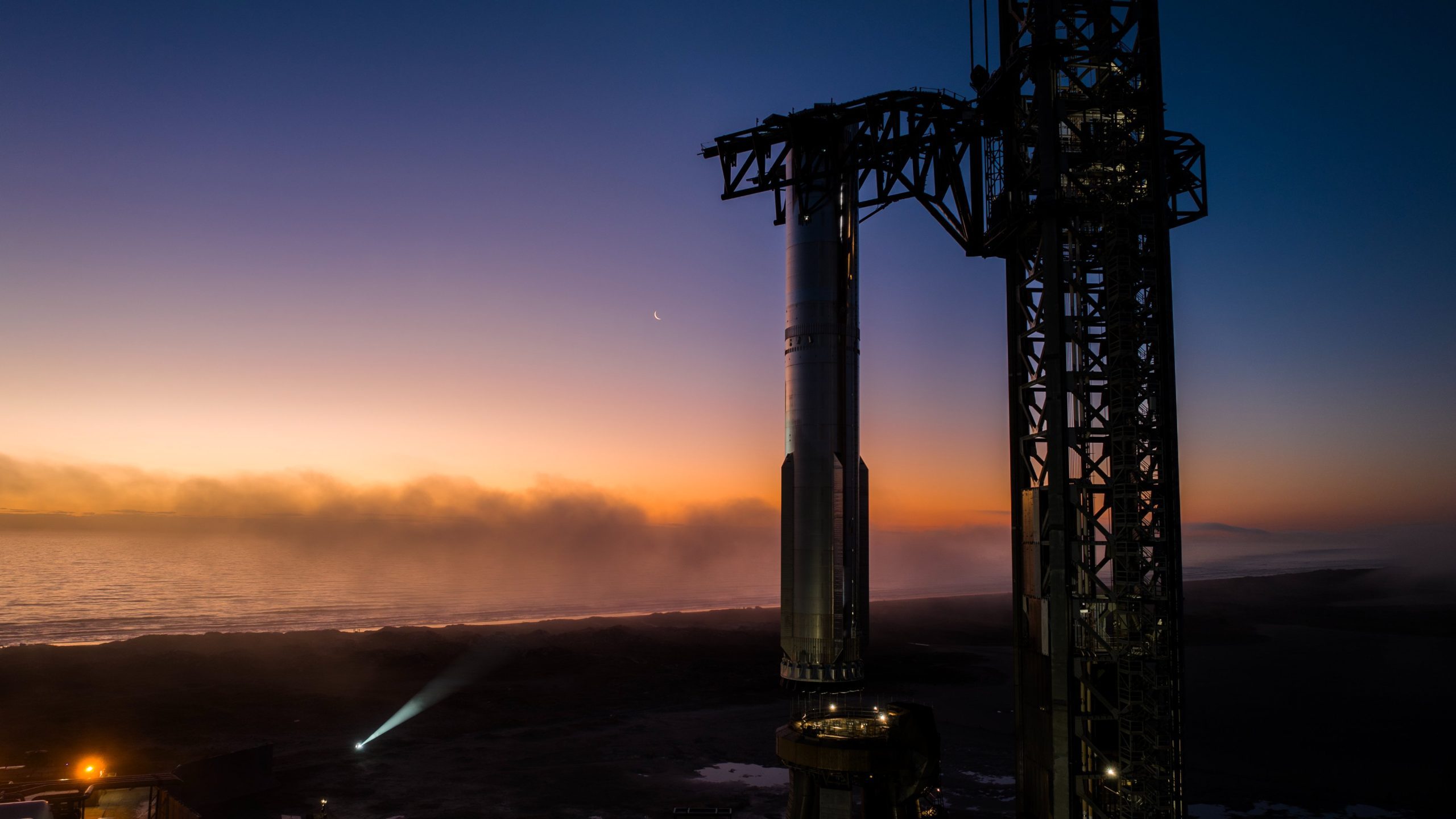
This Friday, SpaceX is geared up for the eighth test launch of its Starship rocket. As the company prepares for this pivotal trial, which could mark a significant advancement in space exploration akin to NASA’s Apollo missions, it is also addressing concerns regarding the issues encountered during its last test flight, where the upper stage was lost during ascent.
On January 16, SpaceX achieved a successful launch of Starship and managed to successfully catch its lower-stage booster for the second time.
Unfortunately, the flight did not unfold as smoothly as expected. The company experienced the loss of Starship’s upper stage approximately eight minutes and twenty seconds into the mission, as detailed in a recent report.
In response to these developments, SpaceX has clarified the circumstances leading to the upper stage’s failure. The company noted that “flashes” were observed post-vehicle separation, contributing to the issue.
SpaceX successfully catches its lower stage but loses Starship
According to SpaceX, a flash occurred approximately two minutes into the burn following vehicle separation. This flash, coupled with sensor readings showing a pressure increase in the attic area, suggested a possible leak:
“Approximately two minutes into the burn, a flash was observed near one of the Raptor vacuum engines in the aft section. This attic region is unpressurized and lies between the bottom of the liquid oxygen tank and the aft heat shield. Sensors in the attic indicated a pressure rise, pointing to a leak after the flash was detected.”
Shortly after the first flash, another was recorded—this time followed by ongoing fires in the attic. These flames led to a controlled shutdown of Starship’s engines:
“This situation caused the shutdown of all but one of Starship’s engines, ultimately resulting in the loss of communication with the spacecraft. Telemetry data was last received just over eight minutes and twenty seconds into the flight.”
SpaceX confirmed that Starship was destroyed, and communication was lost before it could activate the destruct protocols for its Autonomous Flight Safety System, which was reported to be “fully operational when communication ended.”
The company further explained that the likely primary cause of the loss stemmed from conditions not encountered during testing:
“The predominant reason for the loss was identified as a harmonic response significantly stronger in flight than experienced during testing. This resulted in increased stress on the propulsion system hardware. The subsequent fuel leaks surpassed the attic area’s venting capability, leading to sustained fires.”
Despite the setbacks, Starship’s eighth launch is scheduled for this week, with CEO Elon Musk indicating a probable date of Friday. This event could represent the second of the 25 planned Starship launches aimed for 2025.
Looking for accessories for your Tesla? Explore the Teslarati Marketplace:
For questions or comments, feel free to reach me at joey@teslarati.com. I’d love to connect! You can also find me on Twitter @KlenderJoey, or if you have news tips, please reach out at tips@teslarati.com.










